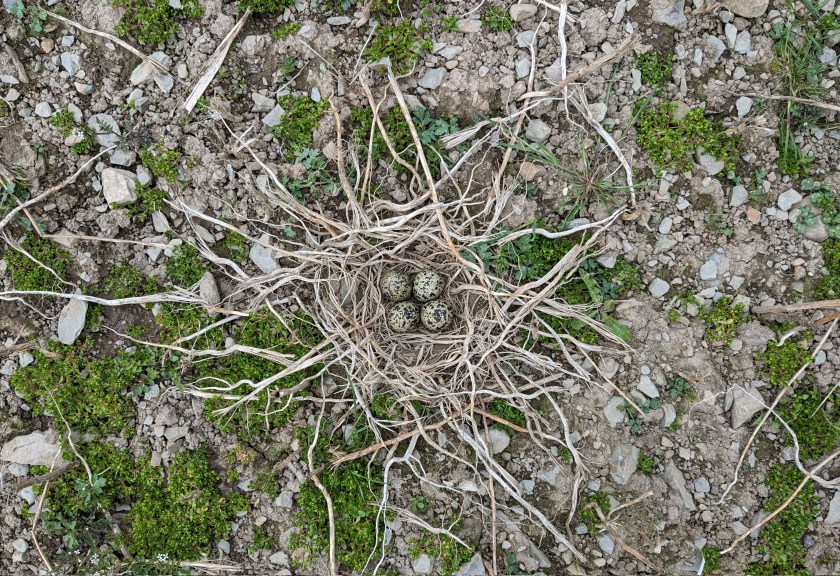
A new on-farm project designed to reverse the decline in the population of one of Scottish farmland’s most loved birds is reporting significant early progress.
Led by SAC Consulting, part of Scotland's Rural College (SRUC), the group behind the campaign includes farmers, who have come together to boost the population of lapwings.
Population figures for the birds had plummeted across Scotland in recent years, despite being the focus of agri-environmental schemes.
Farmland is critical for the birds’ future as they nest in a variety of rural habitats including wetlands, grasslands and crops.
SAC Consulting’s senior consultant, Jennifer Struthers said: “As the birds' nest on the ground, they can be prone to predation, disturbance from curious livestock and agricultural operations.
"The result is they typically experience very low breeding success.”
However, a glimmer of hope has emerged through a nesting management trial which has been led by the Clyde Valley Wader Group (CVWG) with funding from NatureScot.
Lapwings had very high levels of hatching success in the plots which were specifically introduced onto the farms to help them.
About 75% of nests hatched across five trial fields, compared to typically 20% or less in grazed pasture.
Kenny Johnstone from Boghouse and Eastertown farms at Crawfordjohn has been heavily involved in the project from the beginning.
He said: “The Clyde Valley Wader Group has given stakeholders a much more productive, reactive, honest and enjoyable environment to work together in the best interests of wader birds.
“Having seen the success of a local brassica plot in the area for lapwings, we were happy to try a brassica crop on an 18-acre field at Eastertown farm which we hoped would also benefit our farming business.
“We have been able as a group with funding to be flexible with grazing and ploughing to encourage as much nesting and hatching success as possible and are delighted the results are looking good."
RSPB Scotland’s senior conservation advisor, Dan Brown said the campaign had followed 600 nests in the last few years.
"Using trail cameras and tiny devices that record nest temperatures, we’ve massively improved our understanding of where and why nests did well, and where they don’t," he said.
“This new data, combined with regular meetings and discussions with the farmers involved and the SAC Consulting team, allowed us all to discuss key issues and start developing trials."
Patrick Laurie, a Galloway farmer who is part of the national Working for Waders forum, said the campaign was a significant piece of work.
“Crucially, it has been designed by farmers to work alongside existing businesses, and it shows that while farmers are often blamed for the decline of biodiversity on farmland, the truth is that they are part of the solution.
"The farmers involved in the Clyde Valley Wader Group have put a huge amount of time and resources into this project, and their determination to make it work has been hugely encouraging.”
The next step for the campaign group will be to expand the trial onto a greater number of farms to further refine the management.
